Winter is almost here and we are shutting our windows to keep the warmth in. However, the lack of ventilation in our homes during winter, highlights the importance of our indoor air quality. With an increasing understanding of what healthy living actually looks like, we’re realising the relevance our interiors have on health. Indoor air pollution is said to be higher than outdoor air pollution with the rise of low-cost, synthetic or chemically treated materials in home furnishing.
Off-gassing, the term for the release of toxic chemicals from furnishing into the air, is an invisible and sometimes odourless process that happens for years after the item has been made. This off-gassing can cause numerous negative effects on our health including long term serious illnesses that we can never pinpoint to a proven cause. Luckily, there is a lot we can do about our indoor air pollution, and renovating or redecorating is the perfect time to make some healthy changes.
When making healthy changes in the home, it’s best to focus firstly on the biggies; furniture, in particular, upholstery, fabric, paint and flooring.
Mainstream upholsterers use foam for most of the padding which requires chemical treatments to bring them up to British fire regulation standards. These treatments off-gas strongly into our enclosed spaces for years without odour and are very harmful to human health. The initial ‘new sofa smell’ is the worst phase of off-gassing.
We have a number of upholstery suppliers, including George Smith, David Seyfried and Dudgeon Sofas, all of which use traditional upholstery methods, eliminating the need for fire retardancy treatments. That is because wool, coir, horse hair and cotton used in traditional upholstery are inherently flame retardant, requiring no chemical treatments.
The fabrics used on upholstery, cushions and window treatments are also important, as these can be treated with stain repellents and FR (fire retardent) chemicals. Both synthetic and natural fabrics shed microfibres into the air which we breathe, which either contain petrochemicals or pesticides. We recently heard about microplastics being found in our blood, so focusing on natural fabrics for the home is recommended, and pesticide free, even better.
A supplier of ours, De le Cuona, offer a completely chemical free collection. Their ‘Pure’ range is certified by the Global Organic Textile Standard (GOTS) which is as chemical free as you can get.
Another supplier, Ian Mankin, is one of the most committed companies when it comes to chemical reduction. All they’re cotton is GOTS certified, and everything else strictly natural or sustainable.
Pierre Frey, another favourite of ours, run a collection called Natecru consisting of organic, recycled and locally produced natural fibres all of which reduce the chemical input required.
VOC’s (volatile organic compounds) in paint can off-gass up to 7 years and cover a large area of your home. Look for eco brands that are truly low in VOC’s. You’re aiming for the overall VOC level to be less than 1g/litre for emulsion.
We love Edward Bulmer, Graphenstone & Earthborn but next best would be Farrow & Ball, Paint & Paper Library and Little Greene for low in VOC levels.
Flooring covers such a large area of the home, and off-gasses for 5 years, so it’s worth putting the effort into the most healthy floor choice.
When choosing a wooden floor, engineered timber tends to have toxic glues, binders, lacquers and added formaldehyde, but there are companies out there using low toxic options. You just have to enquire on the technical data and do some digging. If there’s an option to use solid or reclaimed wood, this is an even better choice.
High-end flooring suppliers tend to have more options and a few of our go-to’s would be Tedd Todd, Waxed Floors and The Natural Wood Floor Company.
Carpets are often high VOC offenders due to the dyes, pesticides, petrochemical fibres and chemicals in the backing. Try to choose undyed wool, sisal or jute instead and make sure the backing is natural latex or jute with a non-toxic underlay such as Texfelt.
Flatweave rugs are fab because they don’t require backing, thus reducing chemical content. We love Coral & Hive and A Rum Fellow for their great flat weave rugs and Crucial Trading have beautiful options for undyed wool and natural backed carpets.
Since the pandemic we’ve become more interested in our homes. It is short-sighted to think health is just about food and exercise, and paying attention to our home environment can have a hugely positive impact on our health for years to come.
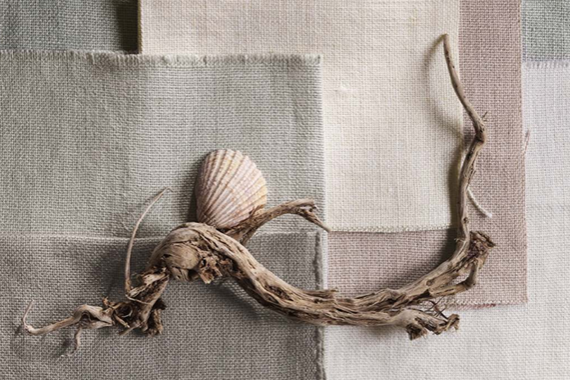
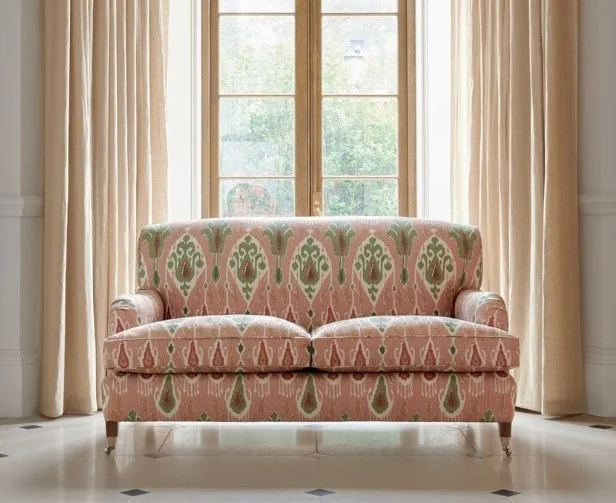
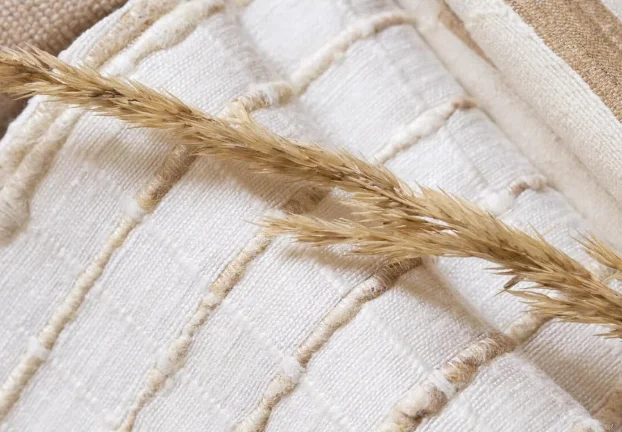
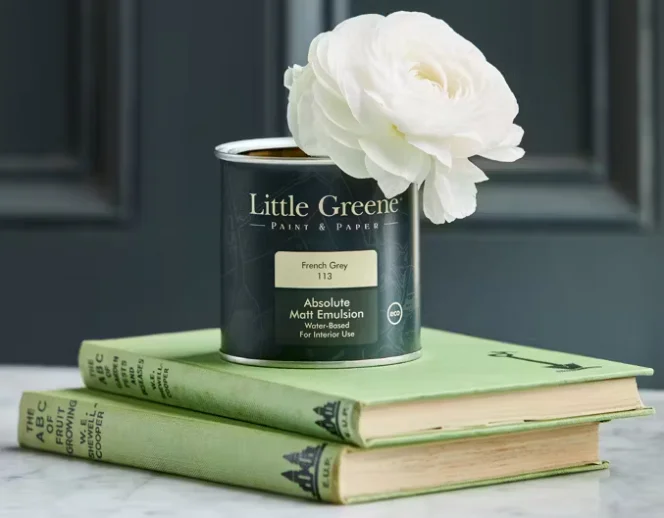
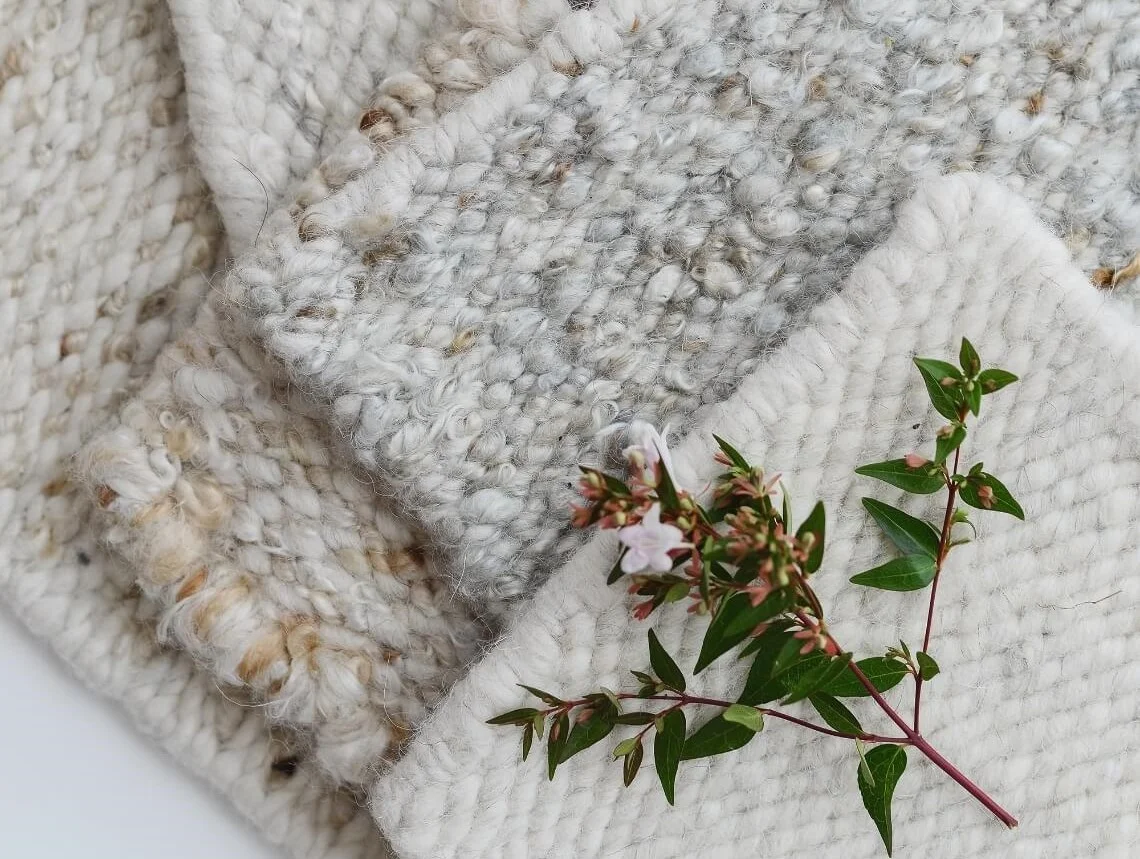
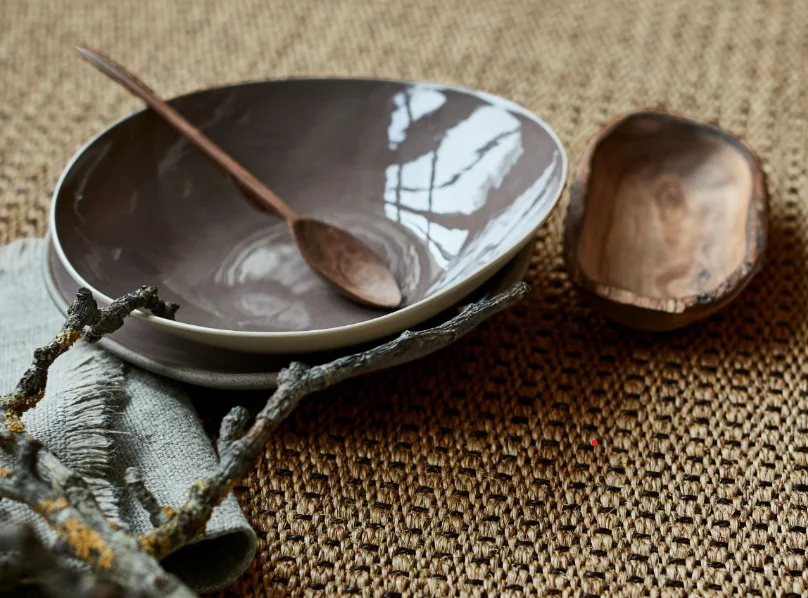
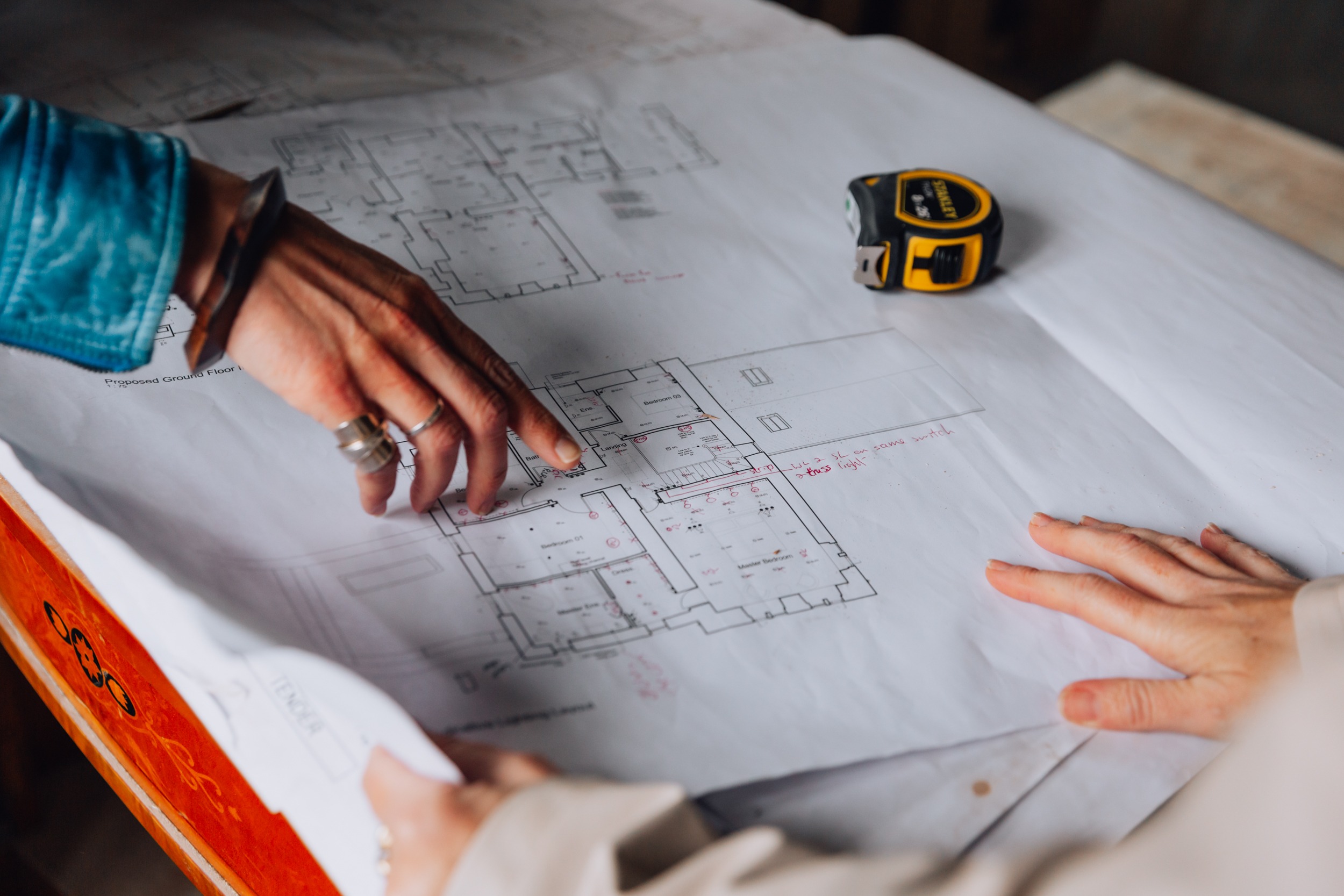 Think Interior Designers come later? Here’s why that’s costing you
Think Interior Designers come later? Here’s why that’s costing you
When people think of interior designers, they often envision someone arriving at the end of a project to select furniture, colour palettes and add finishing touches. In reality, the most successful projects are the ones where designers are brought in at the very beginning.
Read more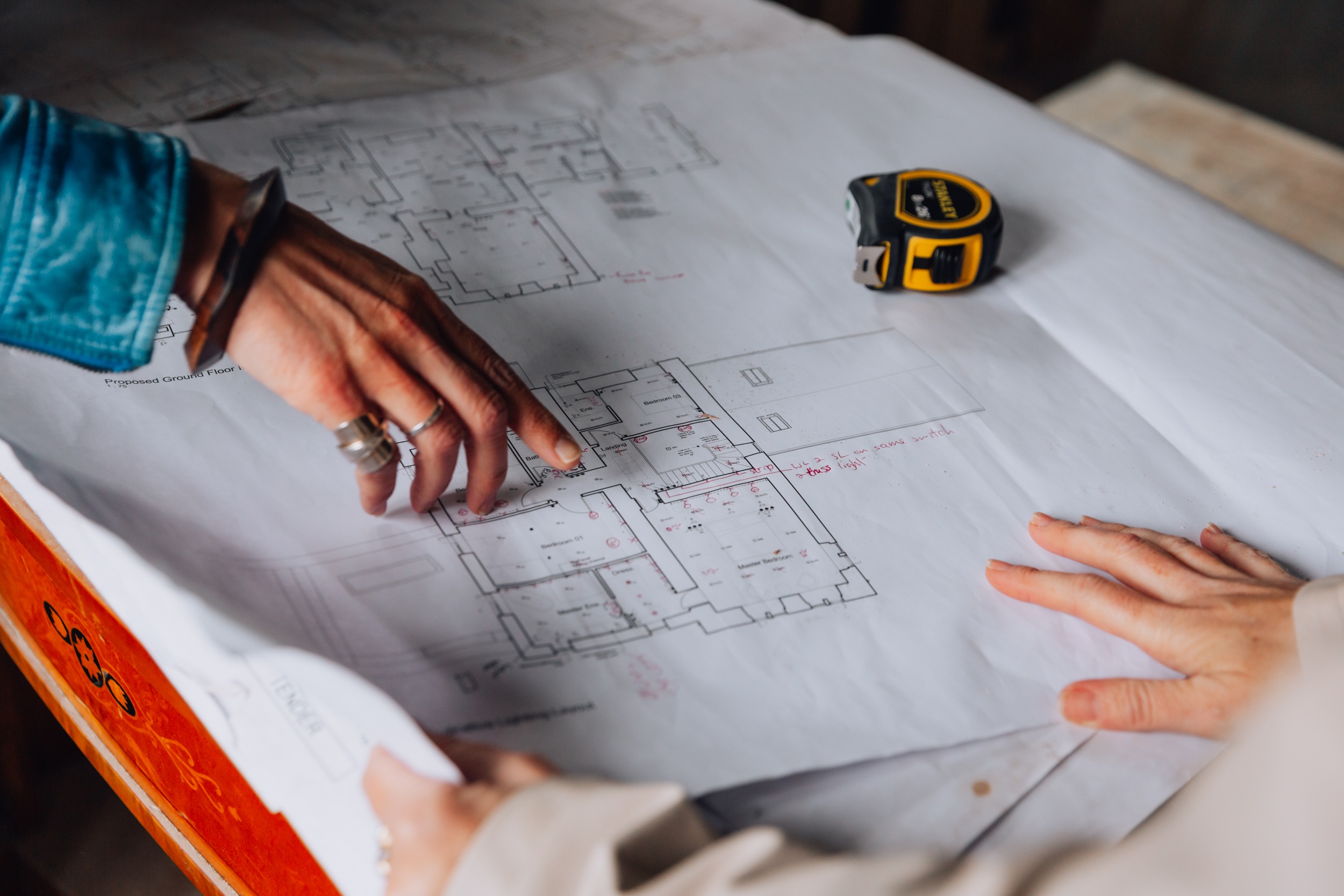 The benefits of bringing an interior architect/ designer in before your build starts
The benefits of bringing an interior architect/ designer in before your build starts
Interior architecture and design play a crucial role in shaping how spaces are experienced and used so it's key to engage with a designer in the early stages of project planning.
Read moreThe arch is becoming increasingly popular in interior architecture and design due to the unique, sophisticated touches that not only enhance usability, but also contribute to the overall aesthetic appeal.
Read moreWe'd love to hear your aspirations for your home and how we can help you bring them to life. Please get in touch to arrange a chat with Hannah about your project.
Book a consultation